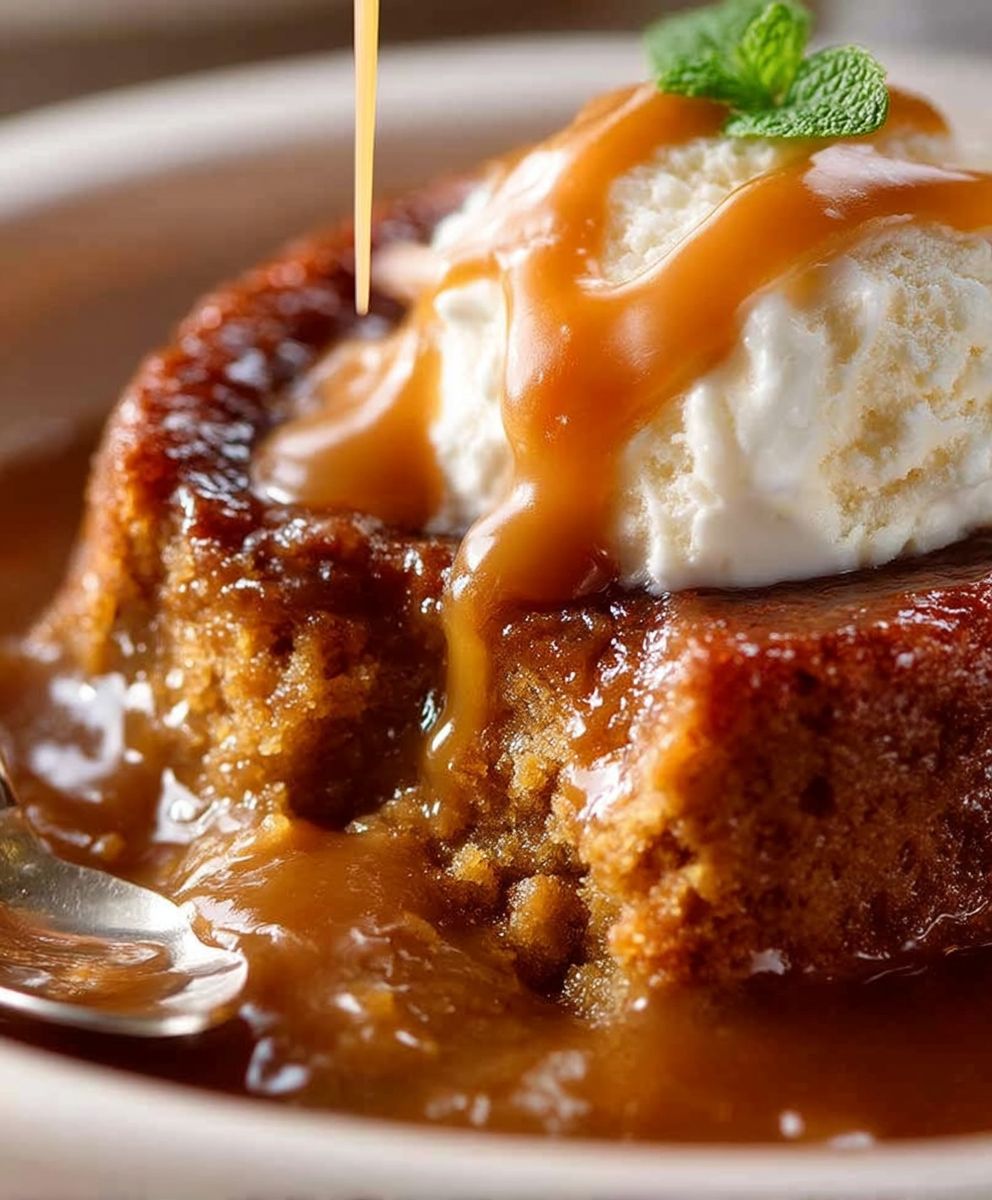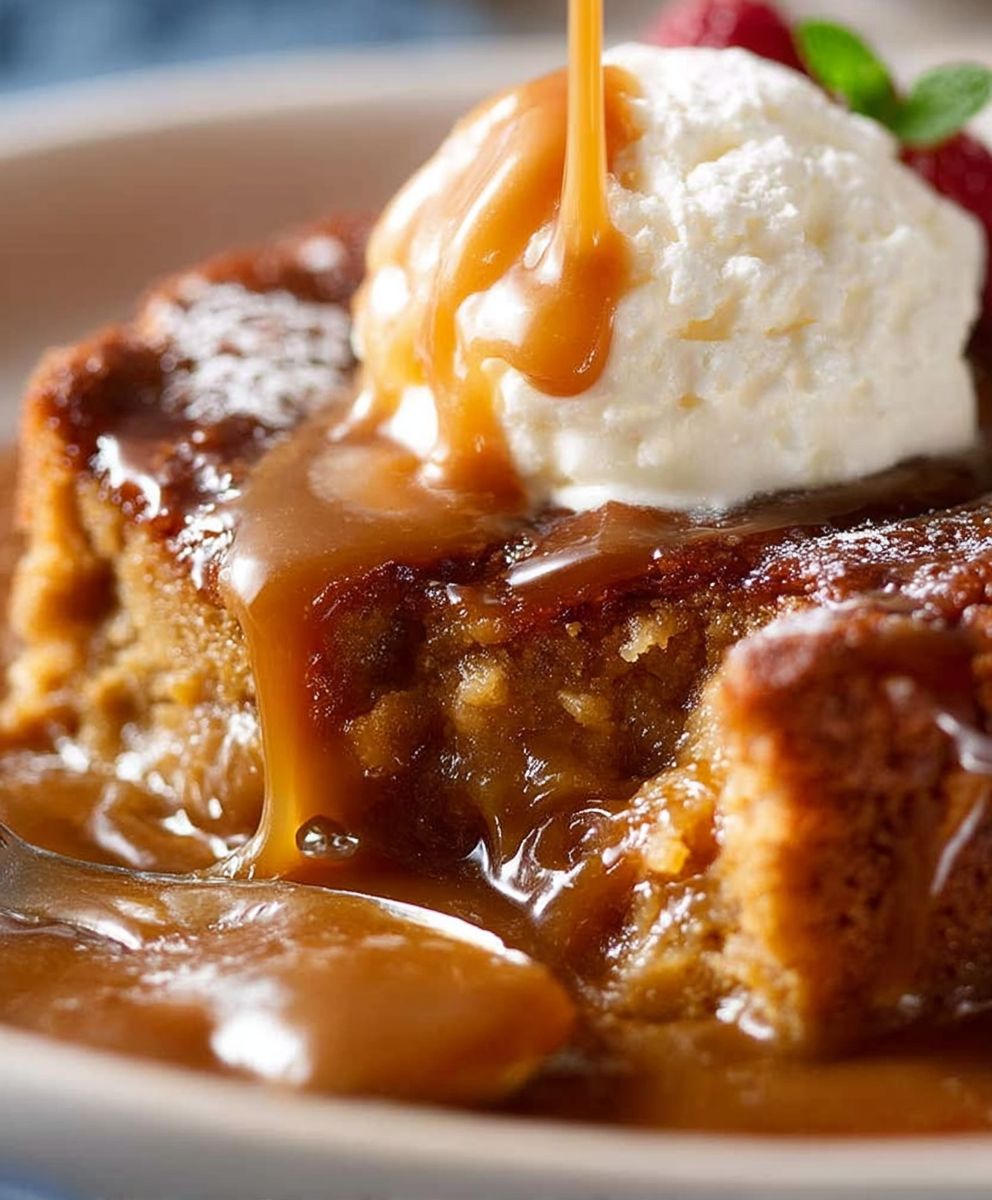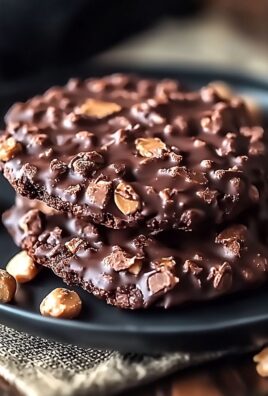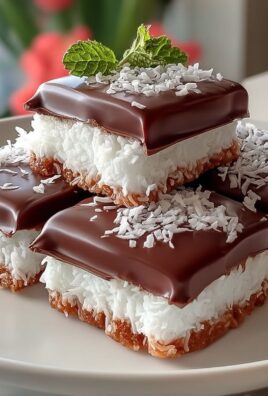Butterscotch Pudding: Prepare to be transported back to childhood with every spoonful of this creamy, dreamy dessert! Forget those store-bought cups; we’re diving headfirst into a homemade version that’s so rich and decadent, it’ll redefine your definition of comfort food. Have you ever wondered about the origins of this delightful treat? While the exact history is a bit hazy, butterscotch itself emerged in the 19th century, quickly becoming a beloved flavor in candies and desserts. It wasn’t long before butterscotch found its way into pudding, creating a symphony of sweet, buttery, and slightly salty notes that has captivated taste buds for generations.
What makes butterscotch pudding so irresistible? It’s the perfect balance of textures smooth, velvety, and utterly luxurious. The warm, comforting flavor is universally appealing, making it a crowd-pleaser for all ages. Plus, it’s surprisingly easy to make from scratch! This recipe uses simple ingredients you probably already have in your pantry, and the entire process takes less than 30 minutes. Get ready to impress your friends and family with a dessert that’s both nostalgic and utterly divine. I promise, once you try this homemade version, you’ll never go back to the pre-packaged stuff!
Ingredients:
- 1/2 cup (1 stick) unsalted butter, cut into pieces
- 1 cup packed dark brown sugar
- 1/4 teaspoon kosher salt
- 3 tablespoons cornstarch
- 2 1/2 cups whole milk
- 1 teaspoon vanilla extract
- 1/4 cup heavy cream (optional, for extra richness)
- Pinch of sea salt, for garnish (optional)
Making the Butterscotch Base
- Melt the butter: In a medium-sized, heavy-bottomed saucepan, melt the butter over medium heat. Make sure to use a heavy-bottomed pan to prevent scorching, which can ruin the flavor of your butterscotch. Stir constantly with a heat-resistant spatula or wooden spoon to ensure even melting. Don’t let the butter brown too much at this stage; we just want it melted.
- Add the brown sugar and salt: Once the butter is completely melted, add the packed dark brown sugar and kosher salt to the saucepan. Stir continuously to combine the butter and brown sugar. The mixture will initially look grainy, but keep stirring! The heat will help the sugar dissolve into the butter. The dark brown sugar is key to that rich, molasses-y butterscotch flavor. If you only have light brown sugar, you can use it, but the flavor won’t be quite as deep.
- Cook the butterscotch: Continue cooking the butter and brown sugar mixture, stirring constantly, for about 2-3 minutes. The mixture should start to bubble and become smooth and glossy. This step is crucial for developing the butterscotch flavor. Be careful not to burn the sugar; keep the heat at medium and stir diligently. You’ll notice the aroma becoming more intense and caramel-like as it cooks. This is a good sign!
Creating the Pudding
- Whisk in the cornstarch: Remove the saucepan from the heat. This is important to prevent the cornstarch from clumping. In a small bowl, whisk together the cornstarch and about 1/4 cup of the whole milk until the cornstarch is completely dissolved and there are no lumps. This creates a slurry that will help thicken the pudding. Make sure there are absolutely no lumps; otherwise, you’ll end up with a grainy pudding.
- Temper the cornstarch mixture: Slowly pour the cornstarch slurry into the butterscotch mixture, whisking constantly to prevent lumps from forming. Tempering the cornstarch slurry helps to gradually raise its temperature, preventing it from seizing up when it hits the hot butterscotch. Whisk vigorously to ensure everything is well combined.
- Add the remaining milk: Gradually pour in the remaining whole milk, whisking constantly. Continue whisking until the mixture is smooth and well combined. At this point, the mixture will be quite thin, but don’t worry, it will thicken as it cooks.
- Cook the pudding: Return the saucepan to medium heat. Cook the pudding, stirring constantly with a heat-resistant spatula or wooden spoon, until it thickens enough to coat the back of a spoon. This will take about 5-8 minutes. It’s crucial to stir constantly to prevent the pudding from sticking to the bottom of the pan and scorching. You’ll know it’s ready when you can dip a spoon into the pudding, run your finger across the back of the spoon, and the line remains distinct without the pudding running back together. The pudding should also be visibly thicker and have a glossy sheen.
- Remove from heat and stir in vanilla: Once the pudding has thickened, remove the saucepan from the heat and stir in the vanilla extract. The vanilla extract adds a lovely aroma and enhances the butterscotch flavor. Stir until the vanilla is fully incorporated.
- Add heavy cream (optional): If you’re using heavy cream for extra richness, stir it in at this point. The heavy cream will make the pudding even more decadent and smooth. Stir until the cream is fully incorporated.
Cooling and Serving
- Strain the pudding (optional): For an extra smooth pudding, you can strain it through a fine-mesh sieve into a bowl. This will remove any small lumps that may have formed during cooking. This step is optional, but it will result in a perfectly smooth and creamy pudding.
- Divide into serving dishes: Pour the pudding into individual serving dishes, such as ramekins or small bowls. You can also pour it into a larger serving bowl if you prefer.
- Cover and chill: Cover the serving dishes with plastic wrap, pressing the plastic wrap directly onto the surface of the pudding to prevent a skin from forming. Refrigerate for at least 2 hours, or preferably longer, to allow the pudding to cool completely and set. The longer it chills, the thicker and more flavorful it will become.
- Serve and garnish: Before serving, remove the plastic wrap. If desired, garnish with a pinch of sea salt for a delightful contrast of sweet and salty flavors. You can also add a dollop of whipped cream, a sprinkle of chopped nuts, or a drizzle of caramel sauce for extra indulgence. Enjoy!

Conclusion:
This isn’t just any pudding; it’s a creamy, dreamy, intensely flavorful experience that will transport you straight back to childhood, but with a sophisticated twist. The rich butterscotch notes, the silky smooth texture, and the sheer simplicity of the recipe make this butterscotch pudding an absolute must-try for anyone who appreciates a truly exceptional dessert. Trust me, once you taste this, you’ll never reach for a store-bought cup again!
But the best part? It’s incredibly versatile! Serve it chilled in elegant parfait glasses for a sophisticated dinner party dessert, or spoon it warm into bowls for a comforting treat on a chilly evening. For an extra touch of decadence, top it with a dollop of freshly whipped cream and a sprinkle of sea salt the salty-sweet combination is simply divine.
Looking for variations? Oh, we have options! For a more intense butterscotch flavor, try using brown butter instead of regular butter. Simply melt the butter in a saucepan over medium heat, swirling occasionally, until it turns a nutty brown color and smells fragrant. Let it cool slightly before adding it to the recipe. You can also experiment with different types of milk. Whole milk will give you the richest, creamiest pudding, but you can use 2% milk or even almond milk for a lighter version. Just be aware that the texture may be slightly different.
Another fun variation is to add a splash of bourbon or rum to the pudding while it’s still warm. The alcohol will enhance the butterscotch flavor and add a touch of warmth. Start with a tablespoon and adjust to your liking. For a more kid-friendly option, try adding a teaspoon of vanilla extract or a pinch of cinnamon.
And if you’re feeling adventurous, why not turn this butterscotch pudding into a pie filling? Simply pour the warm pudding into a pre-baked pie crust and chill until set. Top with whipped cream and a sprinkle of butterscotch chips for a truly unforgettable dessert. You could even layer it with crushed gingersnap cookies for added texture and flavor.
Don’t be intimidated by the idea of making pudding from scratch. This recipe is surprisingly easy and requires only a few simple ingredients. The most important thing is to be patient and stir constantly while the pudding is cooking to prevent it from scorching. And remember, a little bit of love goes a long way!
So, what are you waiting for? Gather your ingredients, put on your apron, and get ready to create a dessert that will impress your family and friends. I promise you won’t be disappointed.
Ready to Indulge?
I’m so confident that you’ll love this butterscotch pudding that I can’t wait to hear about your experience. Once you’ve tried it, please come back and leave a comment below. Let me know what you thought, what variations you tried, and any tips or tricks you discovered along the way. Sharing your experiences will help other readers and inspire them to try this amazing recipe. Happy cooking (and eating)! I’m excited to hear all about your butterscotch adventures!
Butterscotch Pudding: The Ultimate Guide to Making Delicious Homemade Pudding
Rich, creamy homemade butterscotch pudding with deep molasses flavor. A comforting, decadent dessert for any occasion.
Ingredients
- 1/2 cup (1 stick) unsalted butter, cut into pieces
- 1 cup packed dark brown sugar
- 1/4 teaspoon kosher salt
- 3 tablespoons cornstarch
- 2 1/2 cups whole milk
- 1 teaspoon vanilla extract
- 1/4 cup heavy cream (optional, for extra richness)
- Pinch of sea salt, for garnish (optional)
Instructions
- In a medium-sized, heavy-bottomed saucepan, melt the butter over medium heat. Stir constantly with a heat-resistant spatula or wooden spoon to ensure even melting. Don’t let the butter brown too much at this stage.
- Once the butter is completely melted, add the packed dark brown sugar and kosher salt to the saucepan. Stir continuously to combine the butter and brown sugar. The mixture will initially look grainy, but keep stirring!
- Continue cooking the butter and brown sugar mixture, stirring constantly, for about 2-3 minutes. The mixture should start to bubble and become smooth and glossy. Be careful not to burn the sugar; keep the heat at medium and stir diligently.
- Remove the saucepan from the heat. In a small bowl, whisk together the cornstarch and about 1/4 cup of the whole milk until the cornstarch is completely dissolved and there are no lumps.
- Slowly pour the cornstarch slurry into the butterscotch mixture, whisking constantly to prevent lumps from forming. Whisk vigorously to ensure everything is well combined.
- Gradually pour in the remaining whole milk, whisking constantly. Continue whisking until the mixture is smooth and well combined.
- Return the saucepan to medium heat. Cook the pudding, stirring constantly with a heat-resistant spatula or wooden spoon, until it thickens enough to coat the back of a spoon (about 5-8 minutes). It’s crucial to stir constantly to prevent scorching.
- Once the pudding has thickened, remove the saucepan from the heat and stir in the vanilla extract. Stir until the vanilla is fully incorporated.
- If you’re using heavy cream for extra richness, stir it in at this point. Stir until the cream is fully incorporated.
- For an extra smooth pudding, you can strain it through a fine-mesh sieve into a bowl.
- Pour the pudding into individual serving dishes, such as ramekins or small bowls.
- Cover the serving dishes with plastic wrap, pressing the plastic wrap directly onto the surface of the pudding to prevent a skin from forming. Refrigerate for at least 2 hours, or preferably longer, to allow the pudding to cool completely and set.
- Before serving, remove the plastic wrap. If desired, garnish with a pinch of sea salt. You can also add a dollop of whipped cream, a sprinkle of chopped nuts, or a drizzle of caramel sauce. Enjoy!
Notes
- Use a heavy-bottomed saucepan to prevent scorching.
- Stir constantly while cooking the butterscotch and pudding to prevent sticking and burning.
- Make sure the cornstarch is completely dissolved in the milk before adding it to the butterscotch mixture to avoid lumps.
- Chilling the pudding for longer will result in a thicker and more flavorful dessert.
- For a richer flavor, use dark brown sugar. If only light brown sugar is available, the flavor will be slightly less intense.
- Straining the pudding is optional but recommended for the smoothest texture.





Leave a Comment